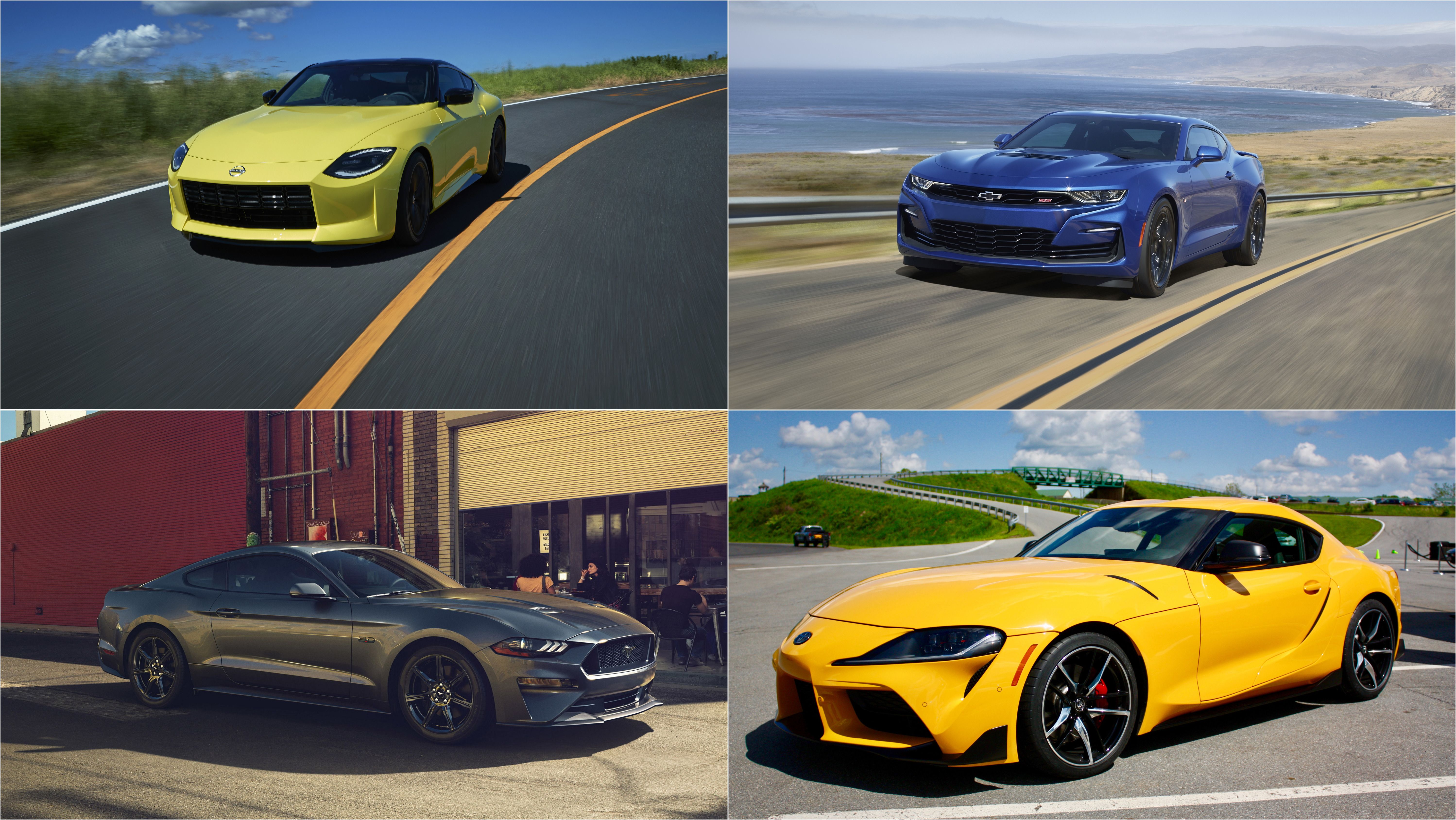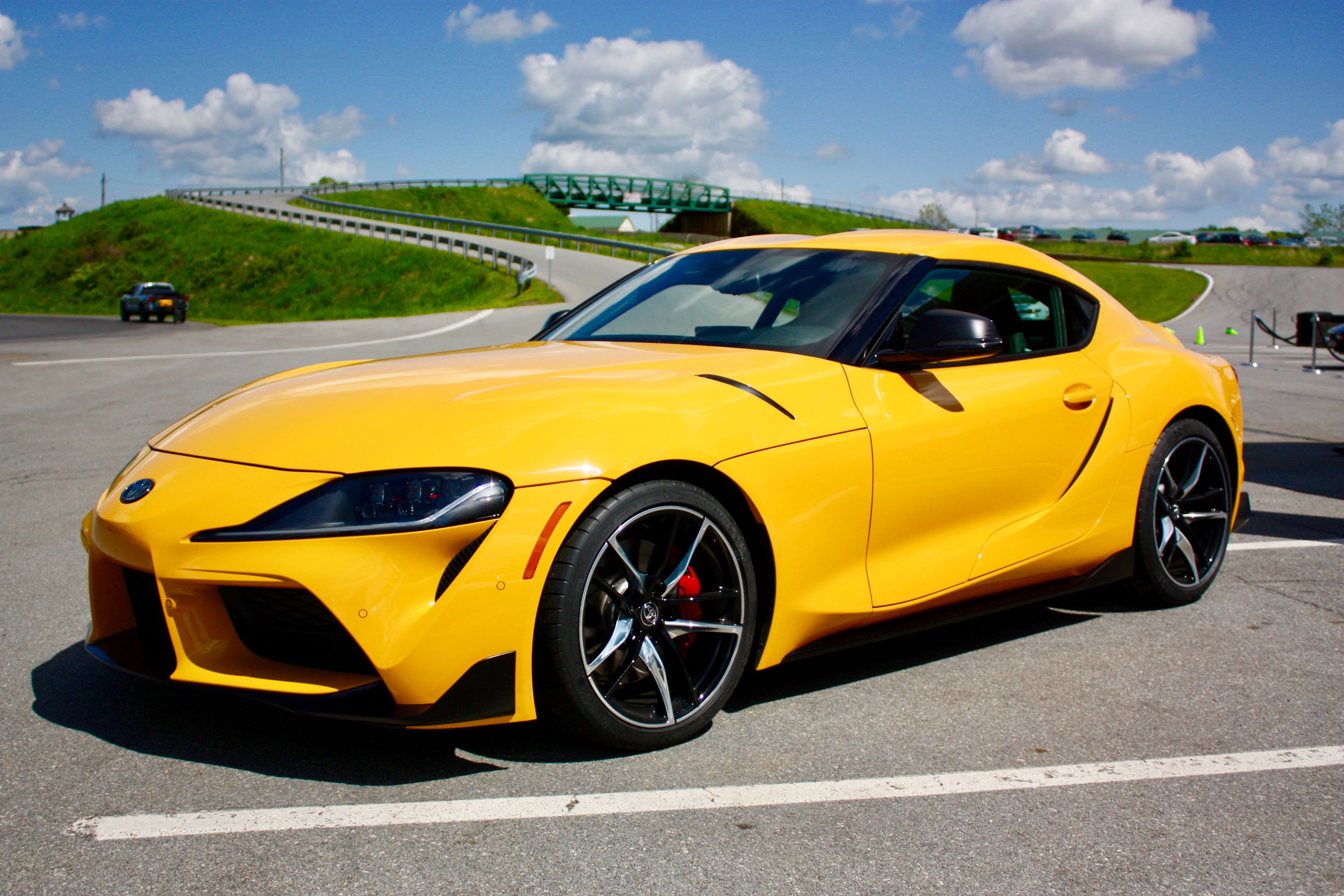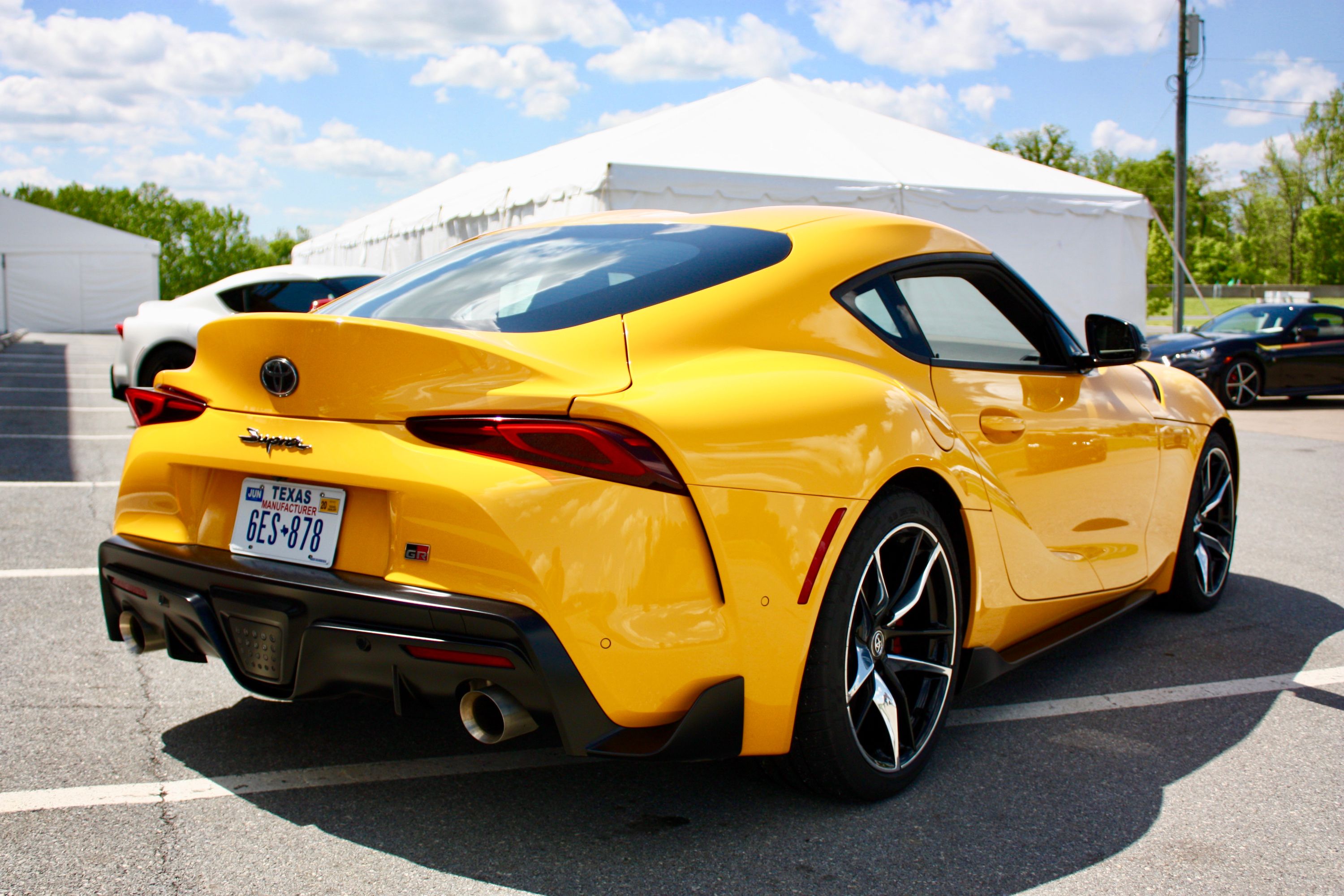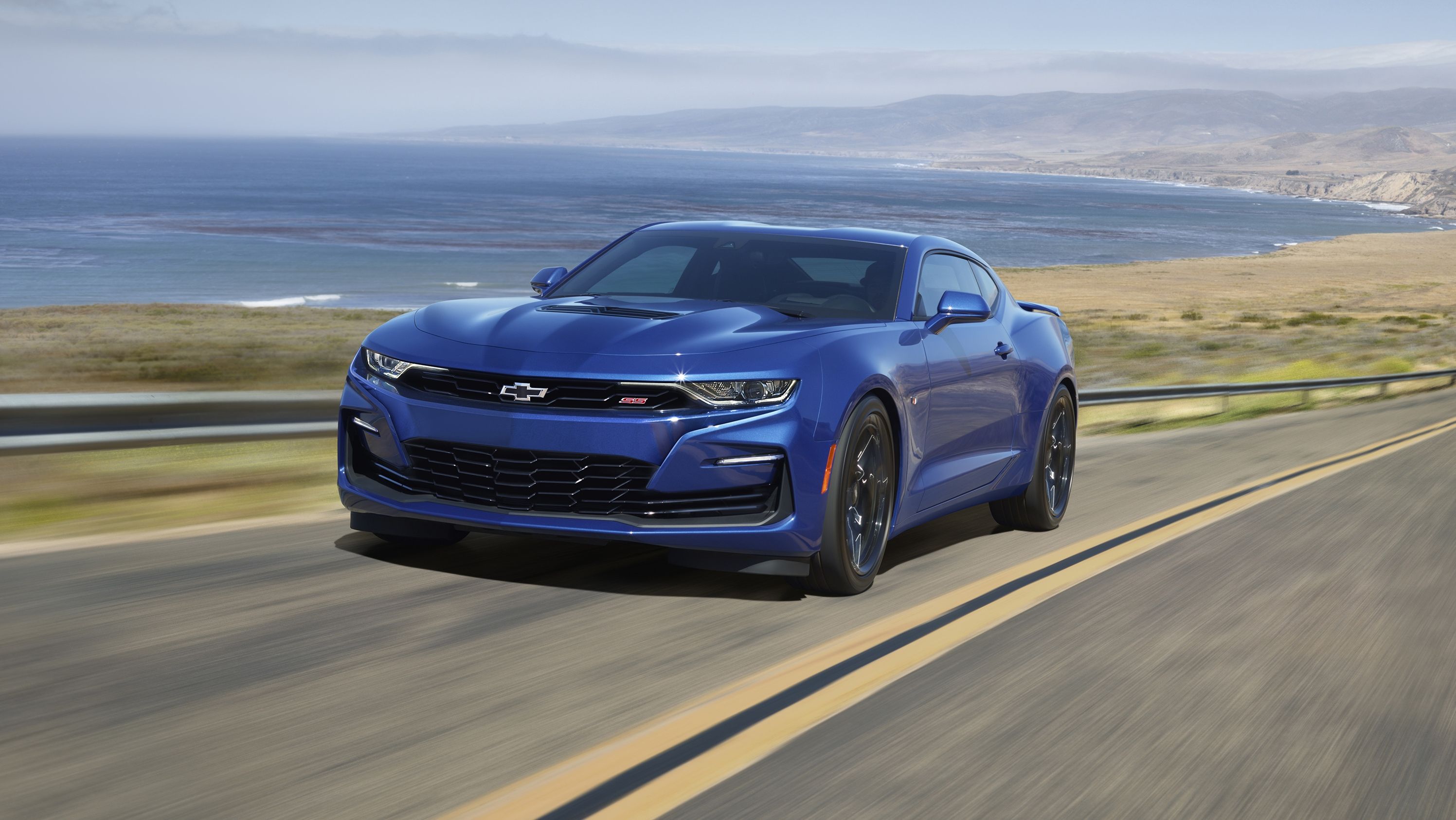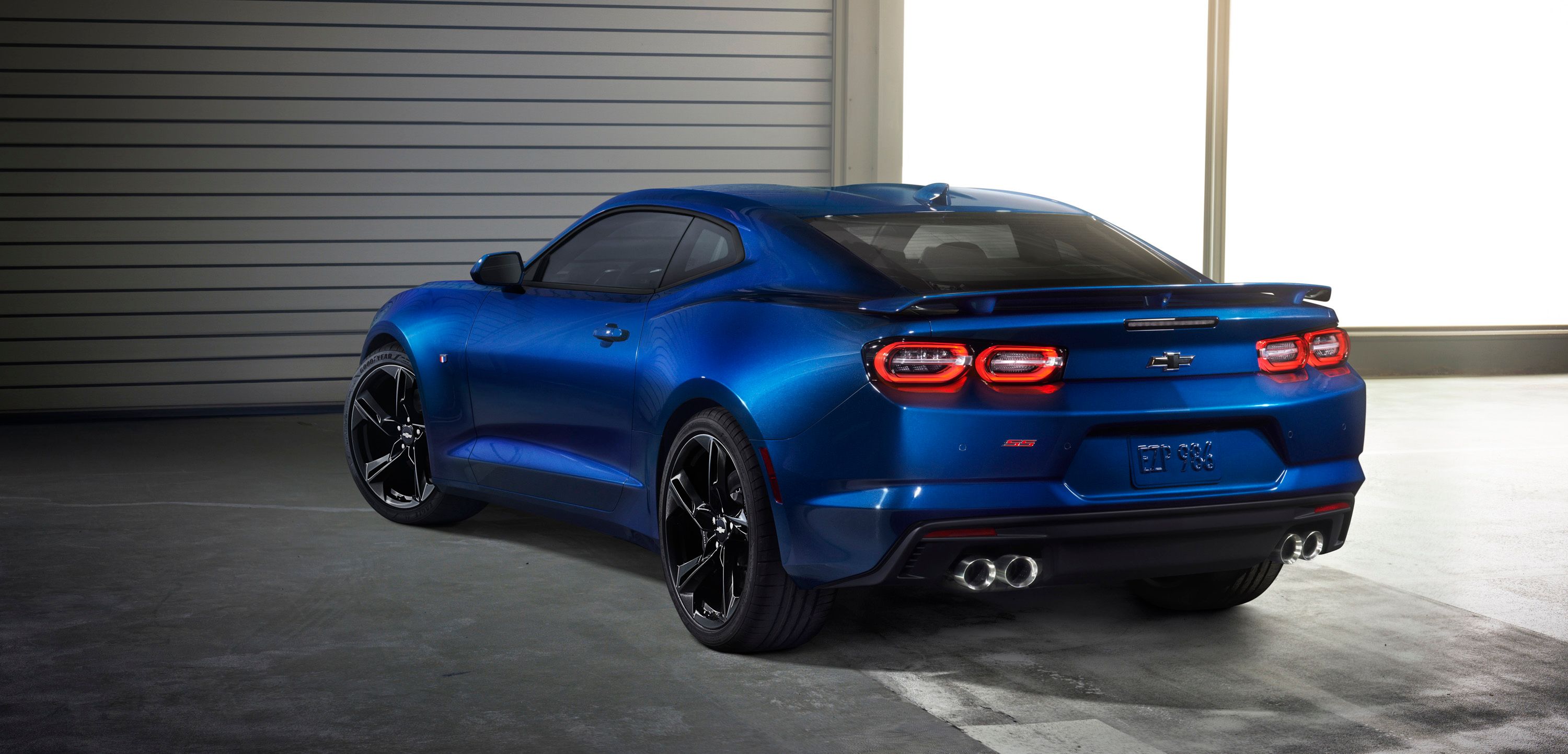The BMW 2 Series is arguably the hottest model of the brand right now. Its roots can be traced back to the 2004 E87 1 Series, which was a hatchback, but later coupe and convertible models were spun from it. Eventually, the “1er” became front-wheel-drive, but luckily for us, the coupe version, now called 2 Series, still had a rear-wheel-drive platform. The M240i, in particular, is currently the most exciting of the bunch (until a proper M-version arrives), with its B58 3.0-liter turbocharged inline-six that makes 374 horsepower and 369 pound-feet (500 Nm). However, at nearly $50,000, there are a lot of worthy alternatives, and here are some of the best out there.
Toyota GR Supra
The M240i is a formidable performance car, which is why we start with something that has strong connections to BMW. Even the most uninitiated know by now that the Supra is technically a re-bodied BMW Z4. Still, you’ll be glad to know that Toyota made its own improvements and chassis setup. In addition, the same B58 unit is put to work in the Supra and develops 382 horsepower and 369 pound-feet (500 Nm).
This allows the Supra to hit 60 mph (97 km/h) in just 3.9 seconds – 0.2 seconds quicker than the M240i. The Supra has only two seats, so it offers less practicality. However, it's the sportier of the two. The B58-equipped GR Supra starts at $51,090, which is only slightly more than the 2022 M240i.
Read our full review on the Toyota GR Supra
Chevrolet Camaro SS
Some may be surprised to see the Chevy Camaro SS here. Don’t be. The Camaro is in its sixth generation now and it recently got updated. More importantly, the current generation no longer handles like a drunk hippo. The new Alpha platform has turned the Chevy into a proper competitor to the BMW M4.
The SS starts from just $38,695, for which you get a 6.2-liter naturally-aspirated V-8 with 460 horsepower and 455 pound-feet (617 Nm). This allows for a 0 to 60 mph (97 km/h) time of 4.0 seconds. Moreover, for 2022, the Camaro SS can, once again, be had with the optional 1LE package ($4,500), which gives sportier suspension, better brakes, and stickier tires.
Read our full review on the Chevrolet Camaro SS
Ford Mustang GT
If we include the Camaro SS, we have to add the Ford Mustang GT as well, as the two have been going at each other’s throats for over half a century. While the Mustang is slightly less sporty than the current Camaro SS, it still packs the same 460-horsepower figure and 420 pound-feet (569 Nm). The 0 to 60 mph sprint happens in as little as 4.0 seconds if you go for the 10-speed automatic (the same unit is available for the Camaro SS).
The Mustang GT starts from $36,285, but you can opt for the $6,295 “Performance Package”, which gives you 19” x 9” (front) and 19” x 9.5” (rear) Ebony Black-painted aluminum wheels, 255/40R10 (front) and 275/40R19 (rear) Michelin Pilot Sport 4S summer tires, Brembo six-piston front brake calipers, a bespoke chassis setup, upgraded sway bar, and upgraded suspension, to name a few. If that’s still not enough, you can upgrade to the $53,400 Mach 1.
Read our full review on the Ford Mustang GT
Porsche 911 Turbo (996)
Including a used car, as an alternative to a brand new one may seem idiotic, but there are certain cars that are just that good.
The 3.6-liter twin-turbo flat-six puts out 420-444 horsepower and up to 457 pound-feet (620 Nm). The 0 to 60 mph (97 km/h) sprint happens in as little as 3.9 seconds.
It is possible to find a low-mileage 996 Turbo for less than $49,000. However, you’ll most probably have to settle for the five-speed tip-Tronic automatic. If you want the six-speed manual, you’ll have to prepare around $10,000 more.
The good news is the Turbo, like all other performance versions (GT3, GT2, etc.), does not suffer from the infamous IMS bearing issue, which can cause catastrophic failure if unattended. If you get your hands on a good example, you'll be the proud owner of one of the best 2000s sports cars ever made, even if it's not everyone's favorite 911 generation.
Read our full review on the Porsche 911 Turbo (996)
Nissan Z
Putting the 2022 Nissan Z on such lists still feels like a bit of a cheat, because the car isn’t on sale yet (soon, it will be). Nevertheless, we already know what to expect, at least on paper. We already know for sure that the new Z will feature the VR30DDTT 3.0-liter twin-turbo V-6 that we know from the Infiniti Q50/Q60 RedSport. This means 400 horsepower and 350 pound-feet (475 Nm), going to the rear wheels through either a six-speed manual or a Mercedes 9G-Tronic automatic. The expected 0 to 60 mph time is around 4.2 seconds (probably less with the 9-speed auto).
Moreover, at a $35,000 starting price, the Z is much more of a bargain compared to the M240i. For $5,000 more you can either get the Sport or Touring packages (or both for $10,000). The “Sport” package will give you bigger brakes, more chassis bracing, and a bigger intercooler, among other things. That said, just like with the GR Supra, the Nissan Z is a two-seater only, so the M240i does offer more practicality in addition to great performance.
Read our full review on the Nissan Z
Is the M240i worth it?
There is a reason people praised the previous M2. As BMW’s lineup grows in dimensions, weight, and becomes more tech-heavy, it’s the 2 Series that seems to remain the most engaging model. It’s still relatively compact and light and manages to retain that visceral driving experience that has been largely replaced by artificial feedback.
While proper M-cars may be a good investment, we’re yet to find out if the same would go for the milder versions that have some “M-ness” sprinkled on them. At the end of the day, the M240i offers great performance, with reasonable amounts of practicality for a two-door coupe. In addition, the small “Bimmer” can keep up with any of these cars without too much trouble. The real question is, do you really want to pay the BMW price tag and cope with the maintenance costs, accompanying the premium badge?

